Common names: yellow-necked mouse
Scientific name: Apodemus flavicollis
Family: Muridae
Habitat: mature and ancient woodland
Diet: seeds, nuts, fruit and invertebrates
Predators: foxes, weasels and owls
Origin: native
Agile, alert and rarely seen. The yellow-necked mouse is only found in the mature and ancient woodlands of southern Britain. Always on the lookout for predators, it can acrobatically leap to safety when threatened.
Common names: yellow-necked mouse
Scientific name: Apodemus flavicollis
Family: Muridae
Habitat: mature and ancient woodland
Diet: seeds, nuts, fruit and invertebrates
Predators: foxes, weasels and owls
Origin: native
The yellow-necked mouse has light-brown fur with white underparts, and a band of yellow fur around its neck which earned the species its name. It also has a long tail and large eyes and ears to help it detect predators.
It can be confused with the wood mouse, which lacks the yellow band around the neck and is somewhat smaller. However, these differences are difficult to spot without close observation.
Yellow-necked mice eat a wide range of food, including insects and other invertebrates, nuts, seeds, fruit and bulbs.
These mice can shed the skin of their tail to escape attack. However, this trick can only be used once as the skin does not grow back.
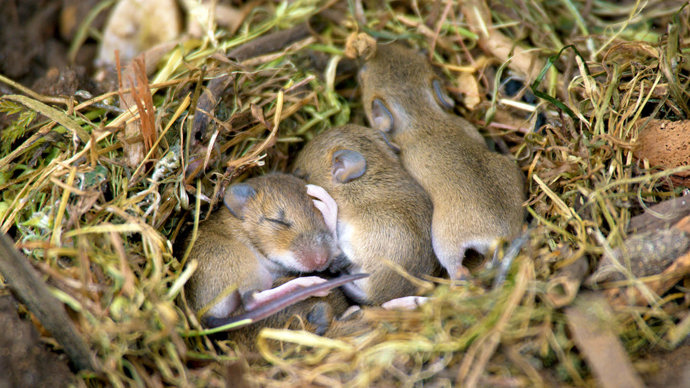
Credit: M J Bloomfield / Alamy Stock Photo
Like most rodents, yellow-necked mice reproduce at a very high rate. A single female may give birth to multiple litters of 2–11 young in the space of 12 months. This compensates for the fact that most will live no longer than a year, with many falling prey to predators.
Yellow-necked mice are very agile. They can leap a metre into the air to avoid predators.
Yellow-necked mice are only found in South East England, parts of the Midlands and southern and central Wales. They rely on mature woodland habitat and spend much of their time foraging in trees for food. These mice also develop extensive burrow systems, often built within tree roots and under dead wood.
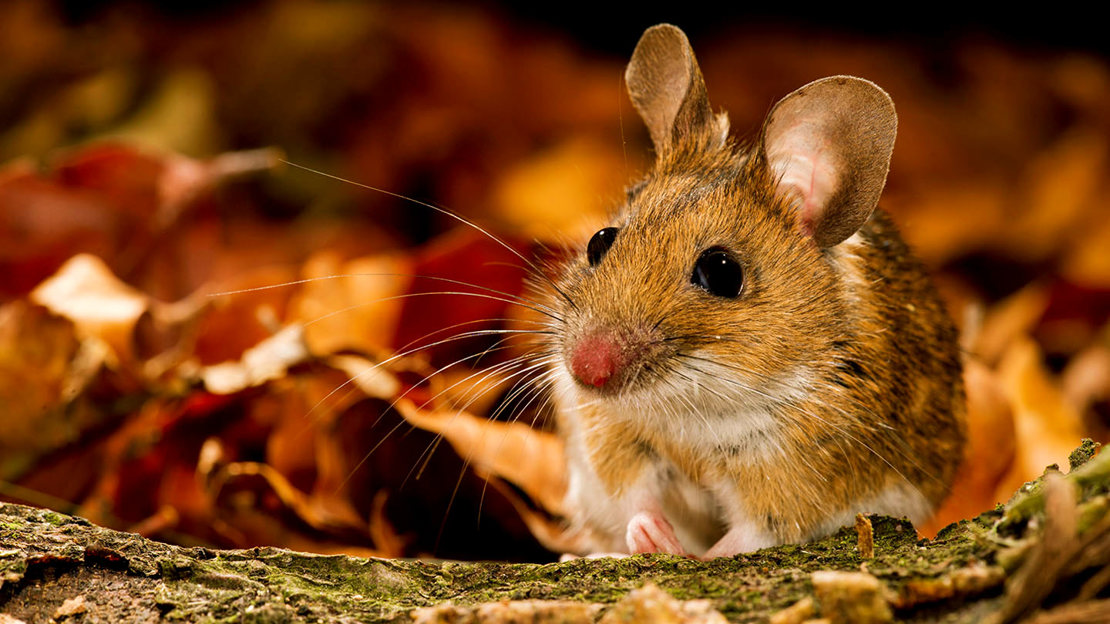
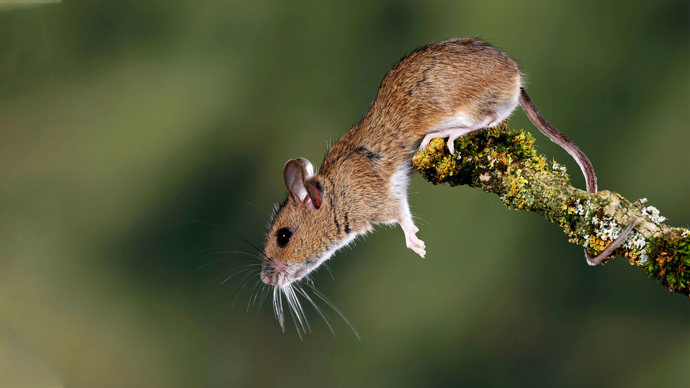
Credit: Andrew Darrington / Alamy Stock Photo
Yellow-necked mice are nocturnal and rarely move into the open, so your chance of seeing one is quite slim. They occasionally venture into buildings, especially during the winter months.
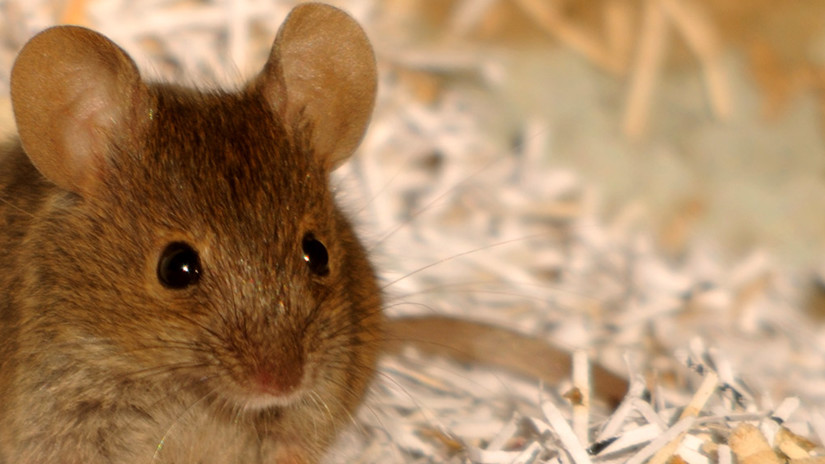
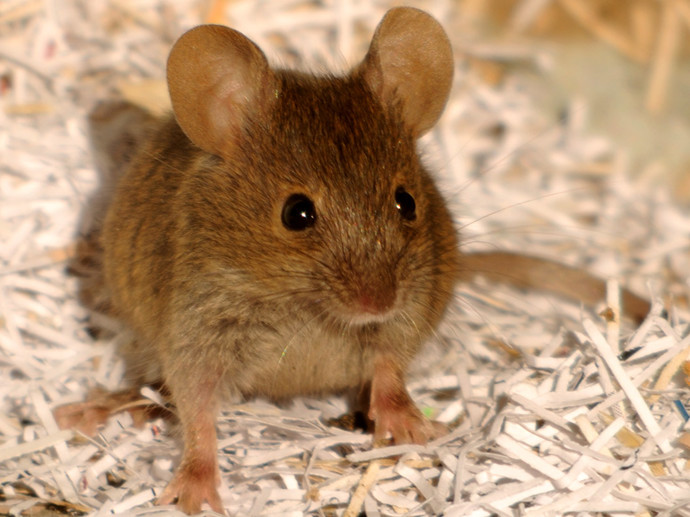
Helen Keating • 28 Mar 2022
Are you curious about what mouse or vole you saw in your garden or out on a walk? Or did your cat bring one in and you wondered what it was? Here's a quick guide to the more common mice, voles, rats and shrews of the UK.
The yellow-necked mouse was only identified as a separate species from the wood mouse in 1834.
The species is not of conservation concern, although the loss and damage of mature and ancient woodland threatens its habitat.
It’s been suggested that yellow-necked mice numbers may be increasing. The species might be benefiting from climate change, as warmer temperatures mean more food is available.

Woodland wildlife is fading before our eyes. Please support our appeal to save rare and threatened species.
Donate now